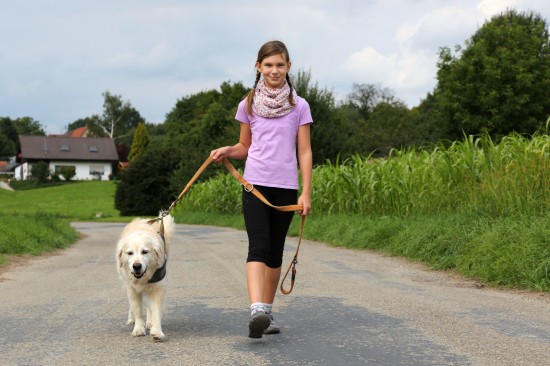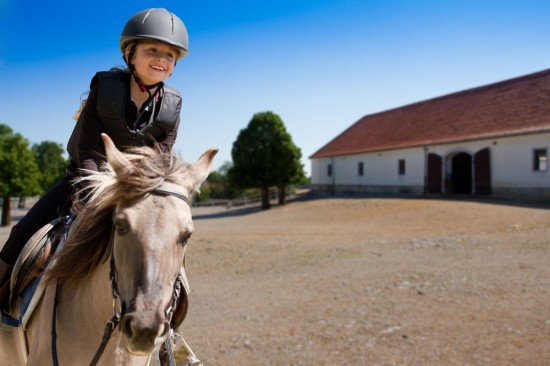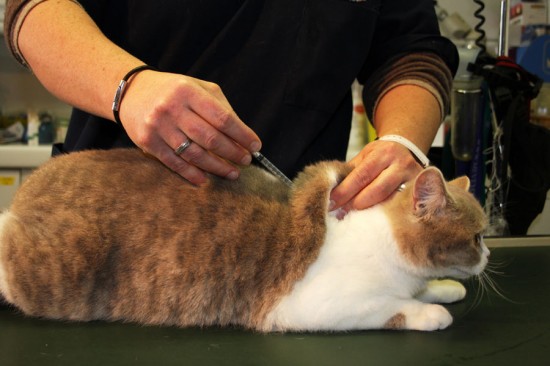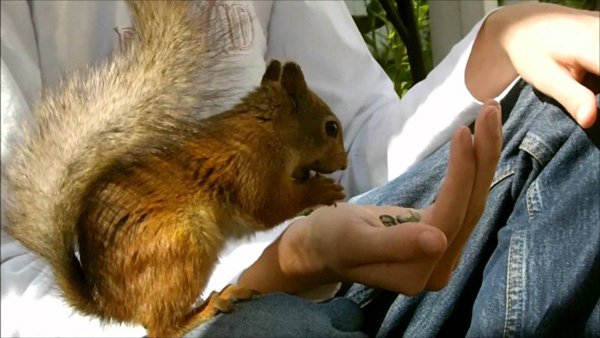

When training your dog or puppy, one of the core skills that they should learn is how to walk to heel, but this can also be one of the most challenging skills to get spot on! Even if you take your dog to training classes and have watched in wonder as the trainer seems to get your wobbly pup to work with them perfectly, when they hand it back over to you and you get to try things out at home, it can often seem a whole lot harder to achieve!
Dogs of any age can be trained to walk to heel, but getting to grips with it while your dog is young is the best way to ensure that they are obedient and a pleasure to walk with for the rest of their life. If you are running into problems teaching your dog to walk to heel or are just not sure where to start, this article will get you going with some of the basics and some troubleshooting tips. Read on to learn more!
Walking to heel means that your dog walks alongside of you level with your knee at all times. Your dog should match your pace with theirs (either on or off the lead) and should not pull, get underfoot, stop without warning, get ahead, or drag behind. A dog walking to heel should also stop and wait when told to, and not proceed again until instructed.
Essentially, walking to heel properly means keeping your dog close to you and relying on them to do the work to make this happen, without having your dog constantly under your feet!
Walking to heel is an important life skill for all dogs (and owners) to master, for a great many reasons. It makes your dog concentrate, yield control to you and match their step to yours rather than the other way round, and should also stop your dog pulling at the lead. Heeling can also be vital to keep your dog safe and close to you around hazards such as roads, or in very busy areas where your dog might feel crowded by other people.
As with any other aspect of training, keeping a handful of treats in your pocket can make your life much easier! Let your dog see that you have a treat in your hand, and then hold the treat in your closed fist down by your knee, until your dog goes round to sit or stand by it. Give your dog the treat and some praise, and then give the command to “heel” and take a step forwards. When your dog matches your step, give another treat and more praise.
Always give the treat in the hand and from the side that you wish your dog to walk on, to save confusing them and causing them to constantly try to second-guess you and keep swapping sides.
When you have got the hang of getting your dog to take a step forwards with you for a treat each time, move on to taking two steps before you give the treat, and then three, and then four! Soon, you should have your dog walking beside you nicely and looking to you for direction- and the occasional treat!
It is also important to teach your dog to sit and stay when walking to heel, again using treats and praise to let your dog know when they are doing well.
Learning to walk to heel is one of the skills that takes the most concentration from your dog, as they need to look to you for guidance, match your pace, and be alert to commands. The harder your dog needs to concentrate, the sooner they will get bored and start to let their attention lapse, so don’t keep going over things repeatedly for long periods of time beyond the point where your dog is able to retain their attention span.
Even a dog that is otherwise adept at walking to heel may forget themselves on occasion, or when they are not concentrating properly, and pull ahead or walk faster than you. There is a simple trick to use that can correct this behaviour, as in time your dog will come to recognise what you are doing and automatically slow down again.
When your dog gets too far ahead, let him reach the limit of their lead and then call “heel,” while switching direction quickly to turn back the other way and cause your dog to need to turn around and catch you up. Praise your dog for compliance, and keep repeating this process until your dog gets the hang of things!
 How Different Chemical Flea And Tick Preventatives And Treatments Work
How Different Che
How Different Chemical Flea And Tick Preventatives And Treatments Work
How Different Che
 Riding Clothes For A Beginner
Riding Clothes Fo
Riding Clothes For A Beginner
Riding Clothes Fo
 The Importance Of Vaccinating Your Cat
The Importance Of
The Importance Of Vaccinating Your Cat
The Importance Of
 Discover the joys and pleasures of sending pictures of cuddly cats
Discover the joys and pleasures of sending pictures of cud
Discover the joys and pleasures of sending pictures of cuddly cats
Discover the joys and pleasures of sending pictures of cud
 Are Flea And Tick Preventives Safe?
In the spring of 2009, the EPA announced that it would i
Are Flea And Tick Preventives Safe?
In the spring of 2009, the EPA announced that it would i
Copyright © 2005-2016 Pet Information All Rights Reserved
Contact us: www162date@outlook.com